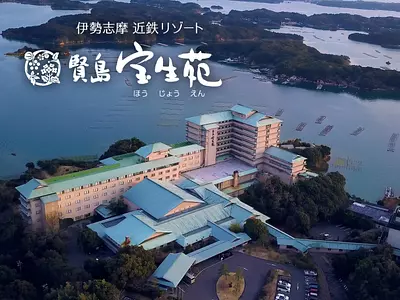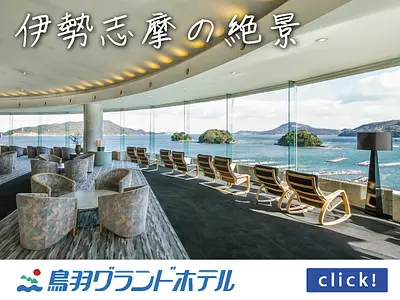Seven power spots spanning the Hokusei area! ? Let's visit Ise Shichifukujin! [First part]
掲載日:2021.11.07
This time we will be visiting the Shichifukujin Sacred Sites, one of the seven shrines in Mie Prefecture. I visited one of them, Ise Shichifukujin. Ise Shichifukujin is a sacred site founded in 1975, consisting of seven temples located in KuwanaCity, YokkaichiCity, SuzukaCity, and KameyamaCity. This time we will introduce the Ise Seven Lucky Gods, which have many blessings.
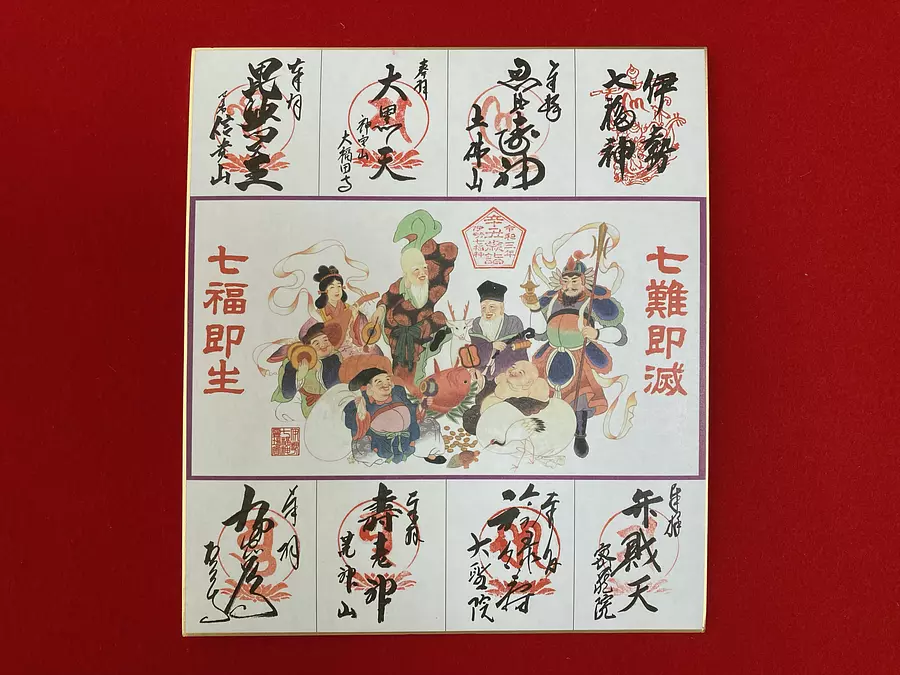
◆Articlecreation:MAMMY #MieTravelCamera Club
A monk and a photographer, a monk photographer wearing two sandals
Hello, I'm MAMMY. Do you all know the Seven Lucky Gods? That's right, the gods Ebisu, Daikokuten, Bishamonten, Benzaiten, Fukurokuju, and Jurojin, who bring good fortune aboard the treasure ship. These are the seven gods: Jin), Hotei-son.
However, you may not have known that these seven gods come from different religions and places of origin, such as Japanese gods, Indian gods, Chinese gods, and monks. This time, I would like to introduce the benefits, profile, and how to visit the Seven Lucky Gods.
▼Table of contents
・ What are the Ise Seven Lucky Gods?
・ How to pray
・ Dobutsu-san Seishu-ji Temple
・ Shinpozan Daifukudenji Temple
・ Ikuwasan Shigisan Betsuin Senpukuji Temple
· summary
What is Ise Shichifukujin?
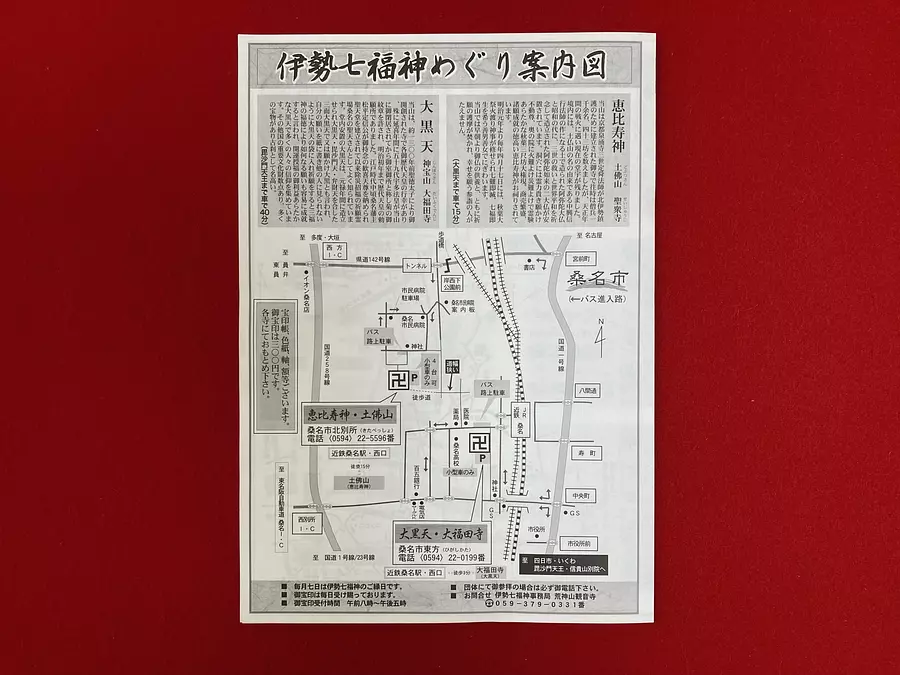
The Ise Shichifukujin Sacred Site is a sacred place founded in 1975, consisting of seven temples located in KuwanaCity, YokkaichiCity, SuzukaCity, and KameyamaCity. It is said that you can visit it from anywhere, which is rare among sacred places. If you want to see everything in one day, we recommend heading south from Kuwana or north from Kameyama.
This time we started from Tsuchibutsuzan Shoshuji Temple in Kuwana.
How to pray
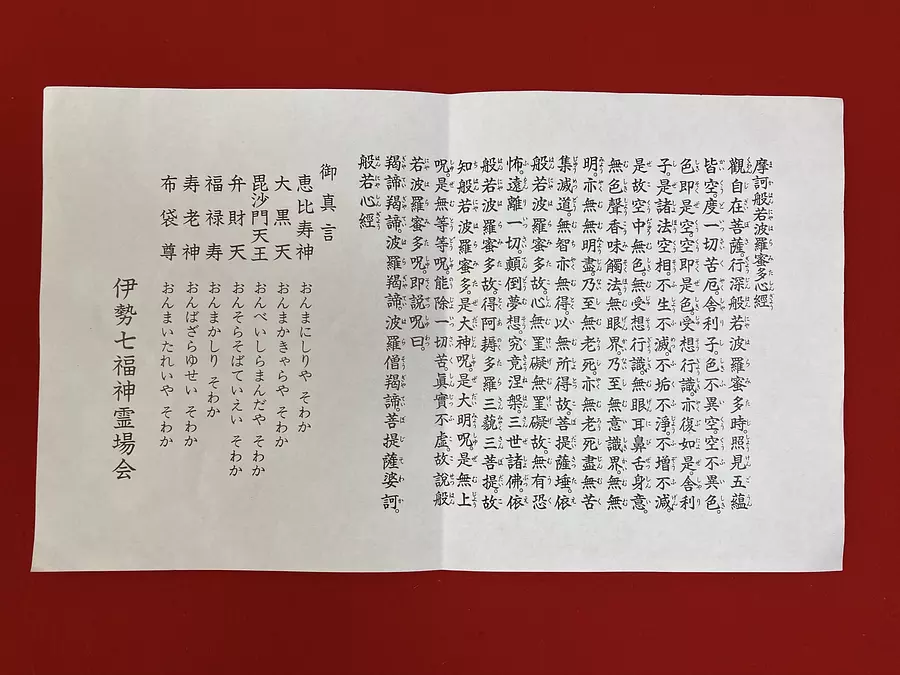
The way to pray is to look at the Heart Sutra and the mantra written on it, which you can get at the temple, and say the Heart Sutra once (or three times) and the mantra three times (or seven times). I will chant. If you want to do it more carefully than this, first recite the Kaikyoge and then the Sangemon.
When we recite sutras and mantras at temples, there is no set number of times, but generally we recite once, three times, seven times, 21 times, 100 times, or 1,000 times. If you don't have time to pray up to 1,000 times, and you want to pray carefully, try chanting 21 or 100 times!
Kaikyoge
Mujo Jinjin Mimyouho
100 Million Calamity Encounters (Hyakusen Mango Nansou Guu)
Gakonkenmon Tokujuji
Gangenyorai Shinjitsugi
Confession (Sangemon)
All kinds of bad deeds I did in the past
Kaiyumushi Tonjinchi
Submissive word meaning no place birth (juushingoi shishosho)
We all repent now.
Heart Sutra Voluntary
Mantra voluntary
Dobutsu-san Seishu-ji Temple
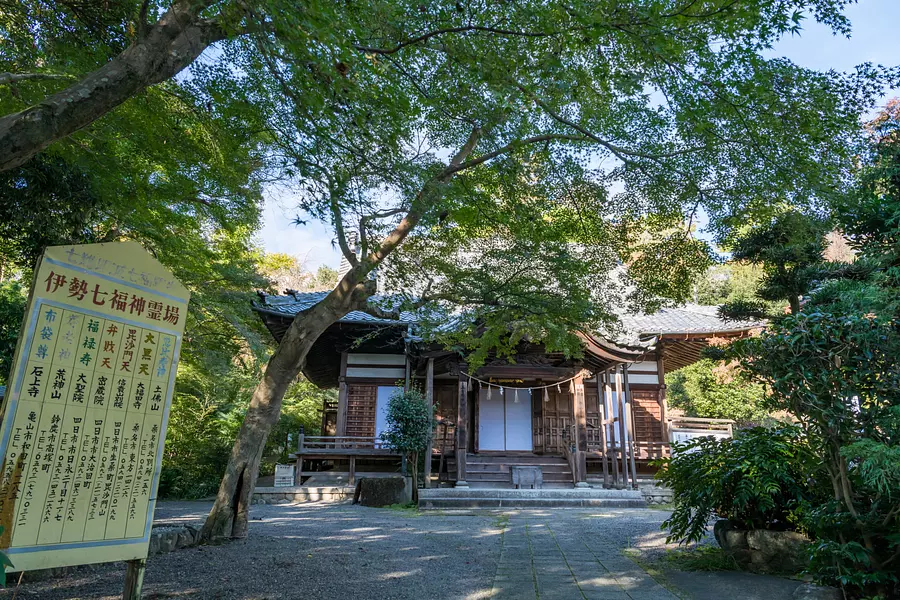
Shoshuji Temple is affectionately known as "Dobutsu-san." There are many trees in the precincts with autumn leaves, and the big autumn leaves in front of the main hall are just around the corner.
Shingon sect Daigo school
Principal image Amida Nyorai
Gomantra On Amirita Tezei Karaun
Seven Lucky Gods Ebisu
Mantra On Manishiriya Sowaka
Divine benefits, prosperous business, fulfillment of various wishes, etc.
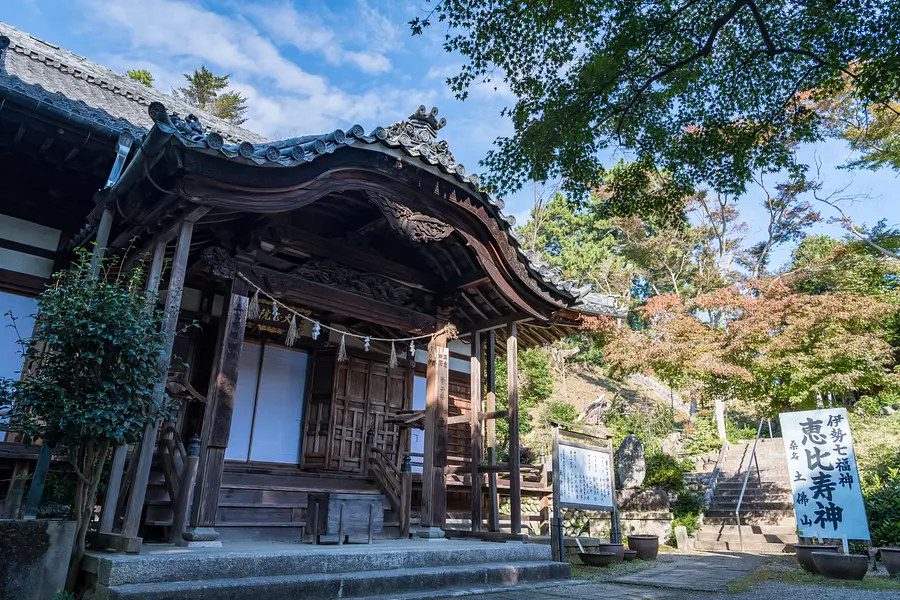
Proceed along the approach to the shrine, and first pray at the main hall in front of the shrine with your hands joined together. Even if you have come to visit the Seven Lucky Gods on the temple grounds, it is polite to greet the principal image of the temple first!
We have also included the principal image of the deity and its mantra, so please refer to it.
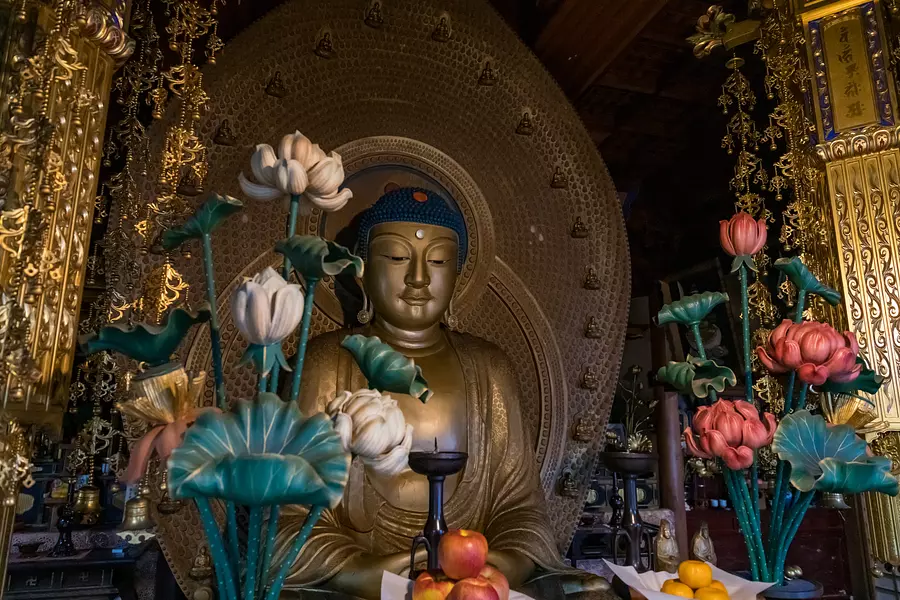
The principal image in the hall is Amida Nyorai. It is a very large Buddha called Jorokubutsu. The halo is also engraved with small Buddha statues.
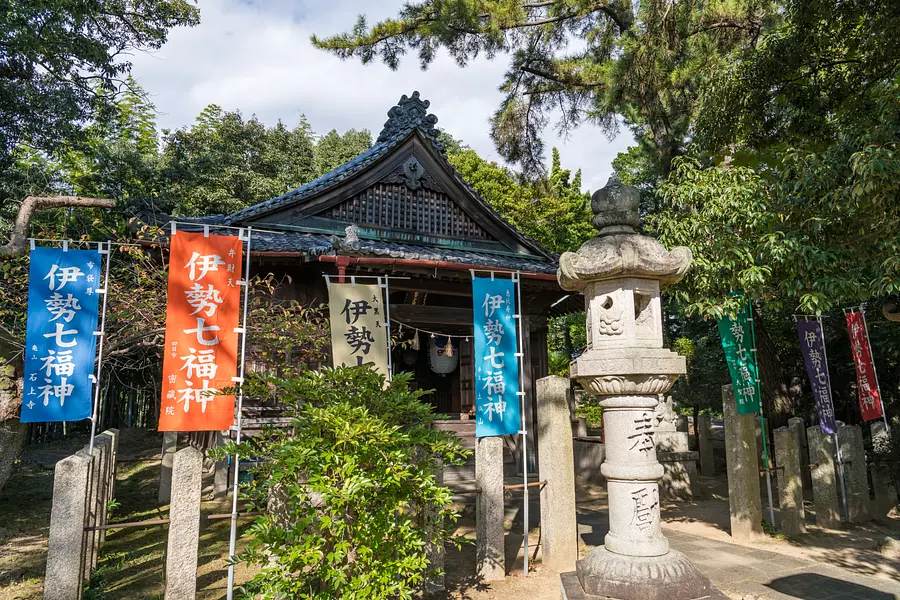
After praying at the main hall, go up the stone steps next to the large signboard of Ebisu God on your right and go to Akihabado, which is equivalent to Okunoin.
The seven-colored flag of Ise Seven Lucky Gods is beautiful.
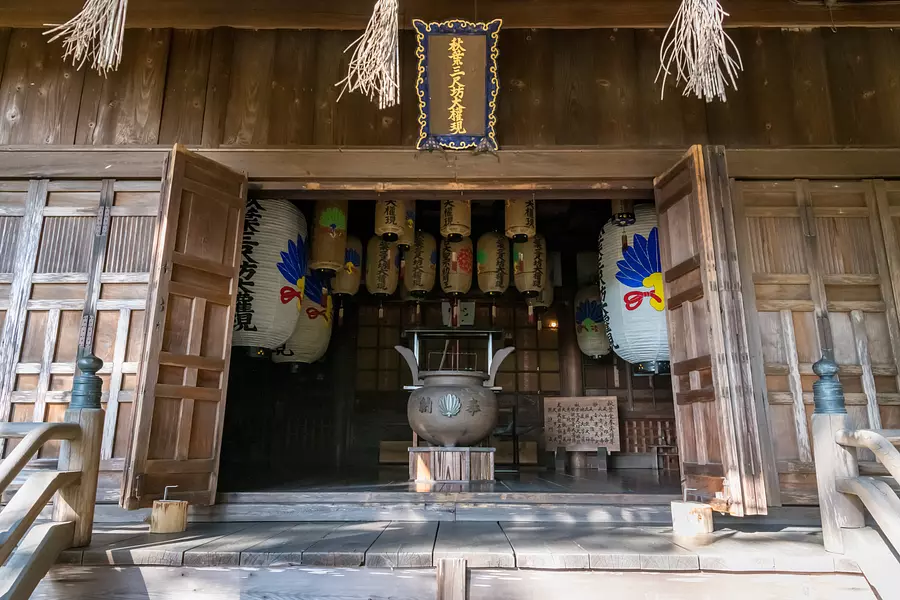
You can enter this temple, but you cannot enter the inner sanctum. Please visit us as soon as we are introduced to you.
The inside of the main hall is roughly divided into the inner hall and the outer hall, where the inner shrine is where the principal image of Buddha and other Buddhist statues are enshrined, and the outer hall is where the general public prays. .
The inner sanctum is often elevated and has fences or lattices, so please do not enter without permission.
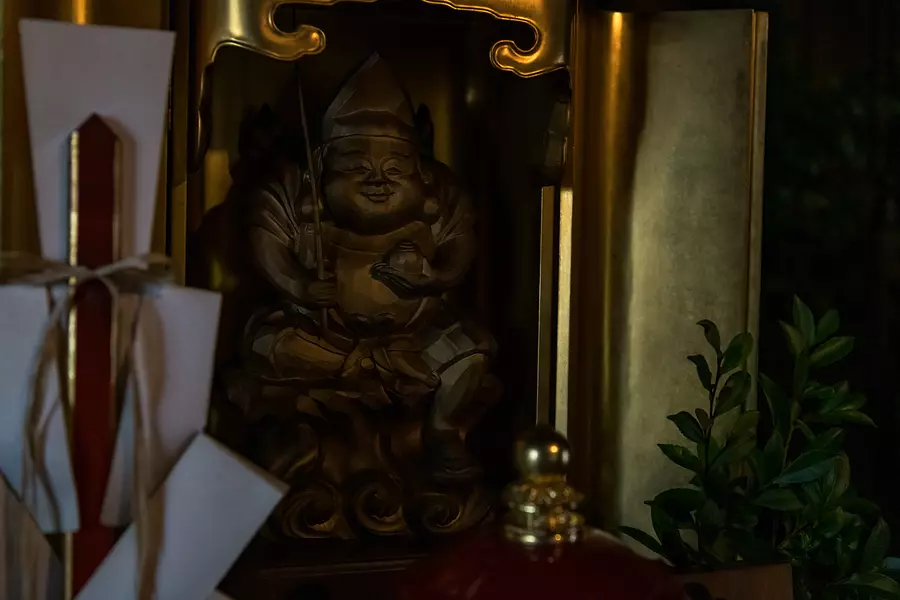
This time, I was given a special tour to the inner shrine, and I was also able to photograph the statue of Ebisu.
Ebisu is the only pure Japanese god among the Seven Lucky Gods.
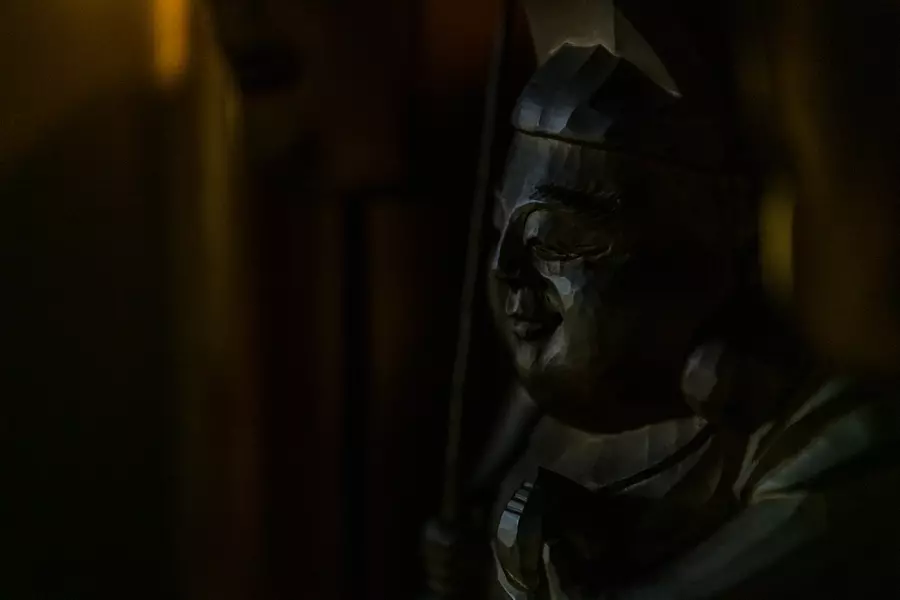
You have a very kind face. Actually, it's a little different from the general Ebisu deity, but do you know?
In her left hand, she is seen holding a Mani Hoshu, which is shaped like an onion rather than a sea bream. The Mani Jewel is also called the Nyoi Jewel, and in Buddhism it is a treasure that represents spiritual experience.
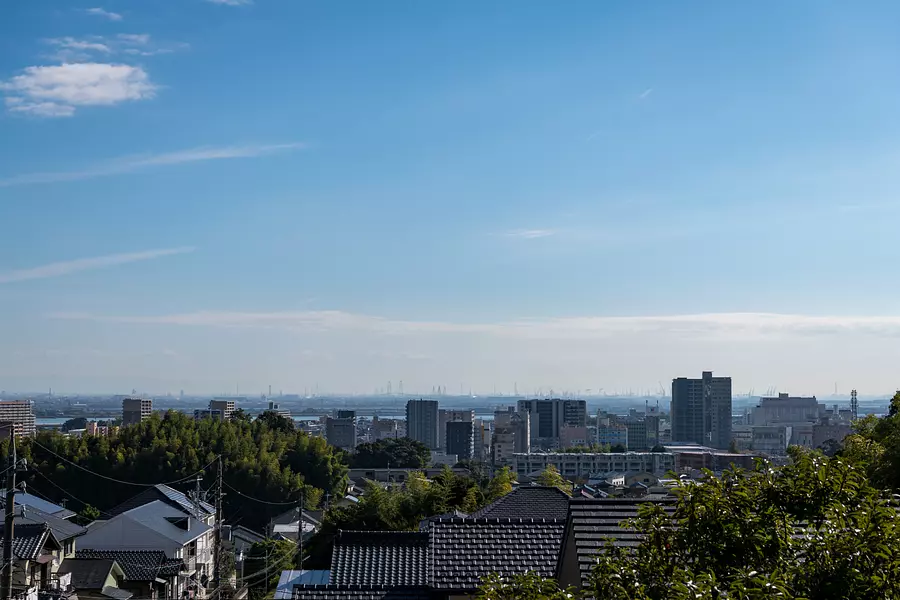
The view from the front of Akihabado is very good, and you can even see Nabananosato, the famous port Triton, and the buildings of Nagoya!
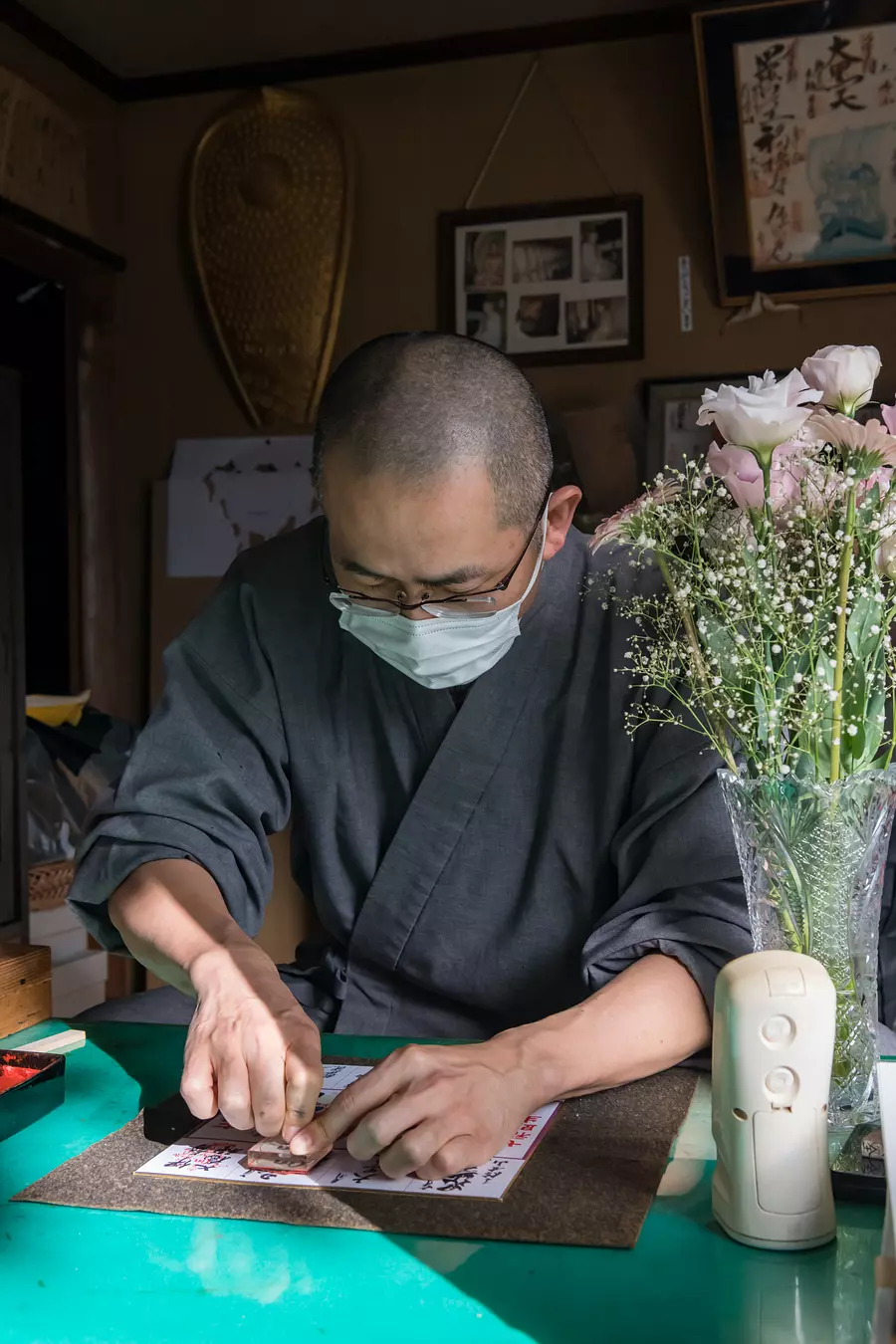
At the end, you will receive a stamp. At Ise Shichifukujin Sacred Site, there are two types: colored paper type and booklet type. This time I asked for colored paper. The stamp fee is 300 yen, and the colored paper fee is apparently included in the fee. You can also get small souvenirs at each temple!
The process of visiting a temple is like this. There was a lot of explanation since it was the beginning, but now that you understand the flow, let's move on smoothly! (lol)
Shinpozan Daifukudenji Temple
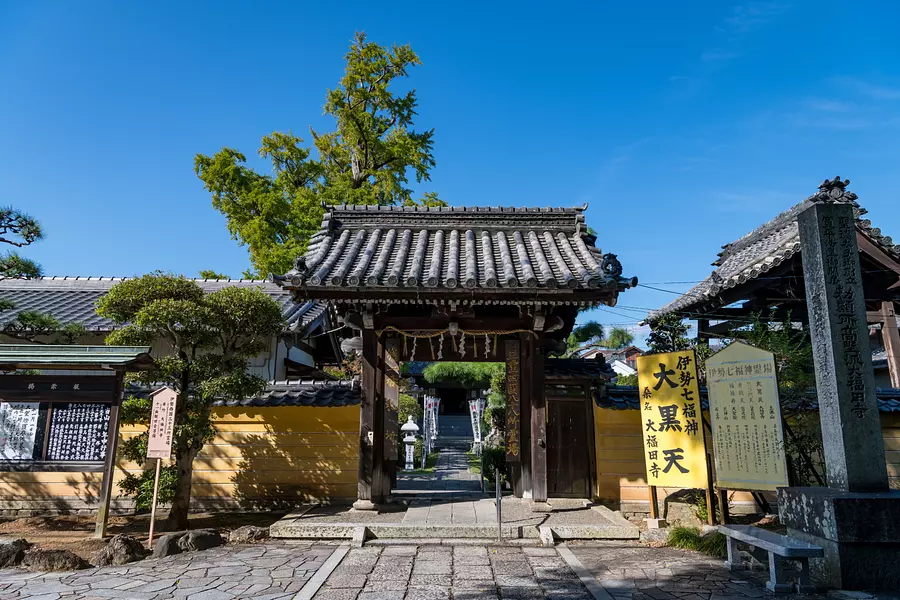
Daifukudaji Temple is considered one of Japan's three major holy deities, and is also called ``Kuwana's Shoten-san,'' attracting a lot of worshipers.
Koyasan Shingon Buddhism
Principal image: Amitabha Tathagata
Gomantra On Amirita Tezei Karaun
Seven Lucky Gods Daikokuten
Gomantra On Makachalaya Sowaka
Blessings, good fortune, rich harvest, etc.
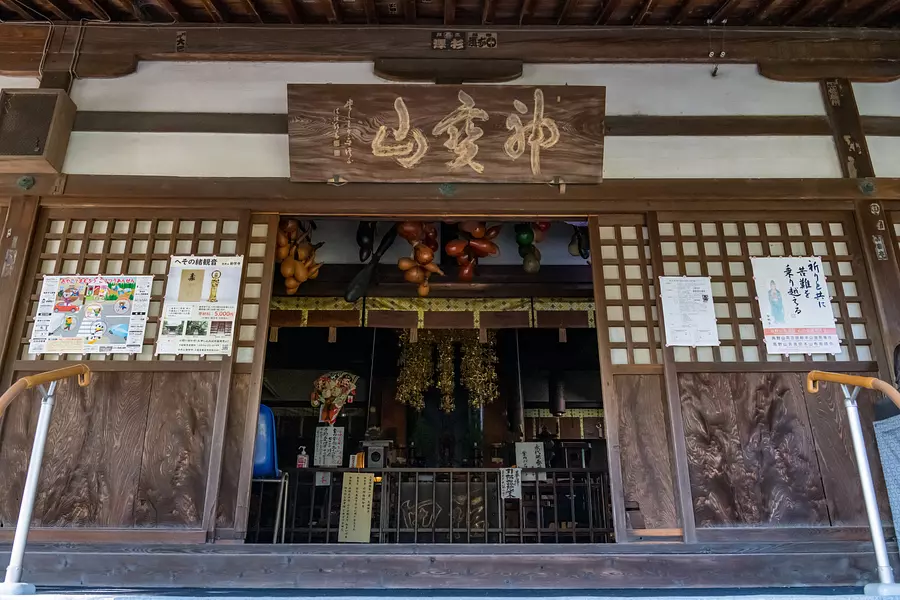
As soon as you pass through the Sanmon gate and go straight, you will reach the main hall. The principal image is Hiki Amida Nyorai. It is a standing statue measuring 5 shaku 1 sun (155 cm). You can only see it faintly because it is covered with hanging silk.
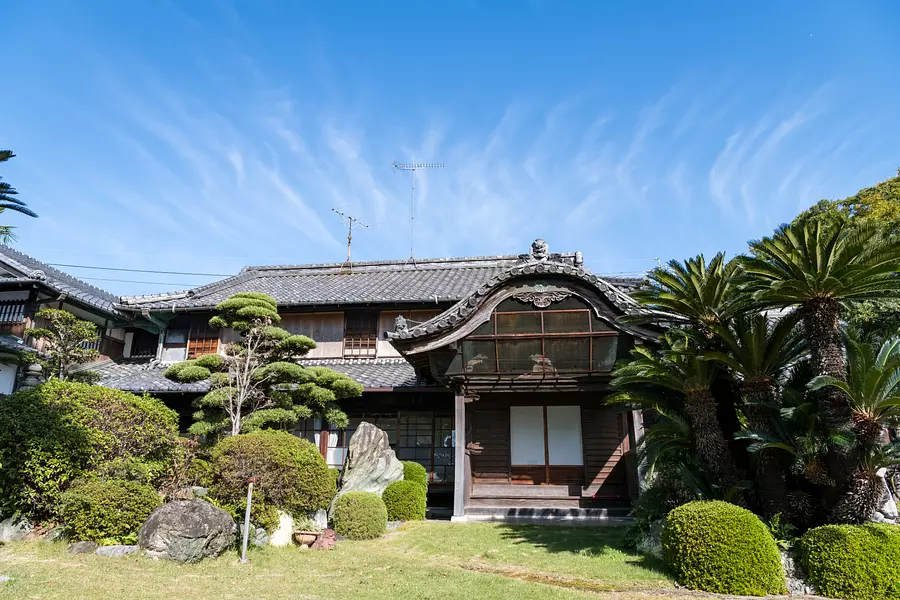
On the right side facing the main hall, there is a reception hall with a magnificent entrance.
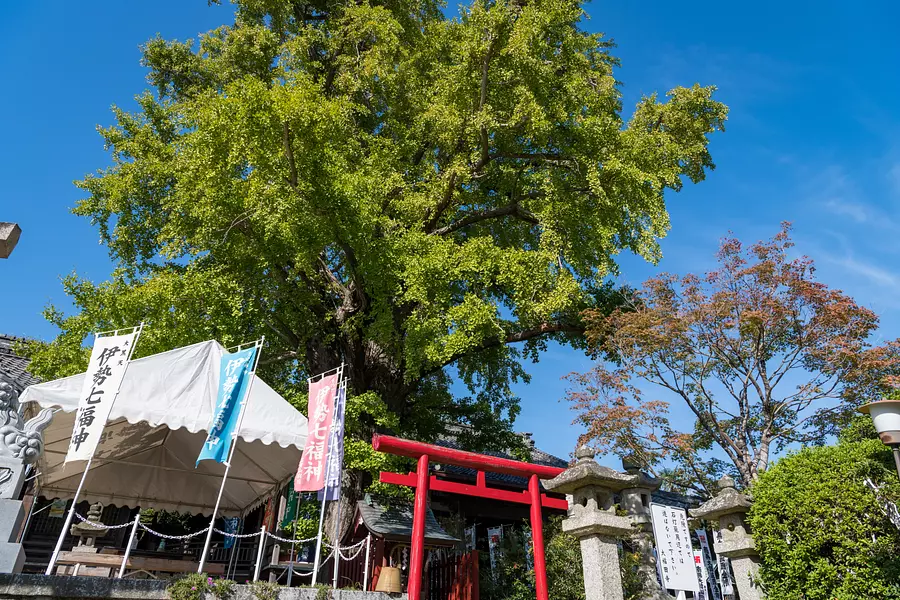
The large ginkgo tree in the temple grounds is too large to fit in the frame. The best time to see them is coming soon. Afterwards, the area will be covered with fallen leaves, making it look like a yellow carpet and creating a spectacular view!
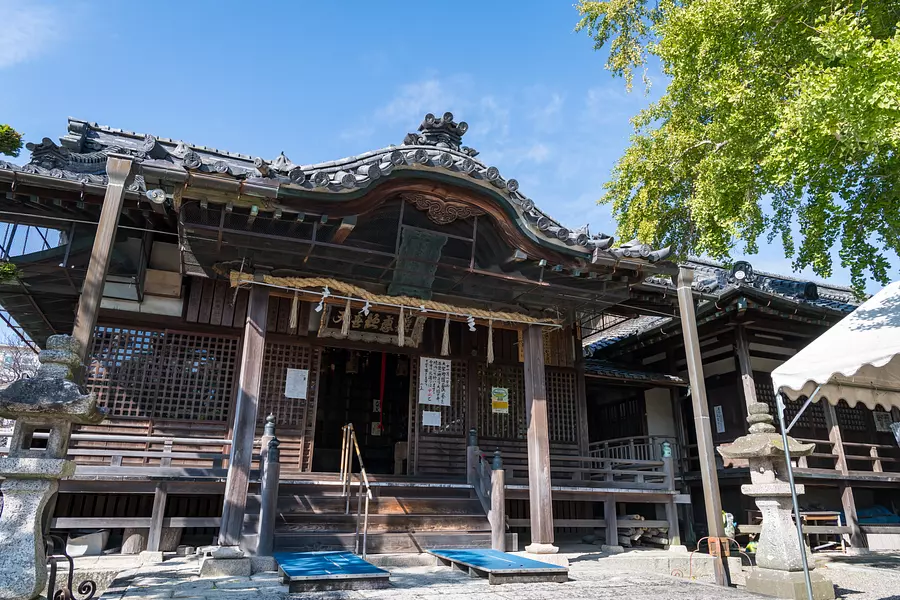
Seitendo is connected to the main hall. Daikokuten is enshrined inside this shrine.
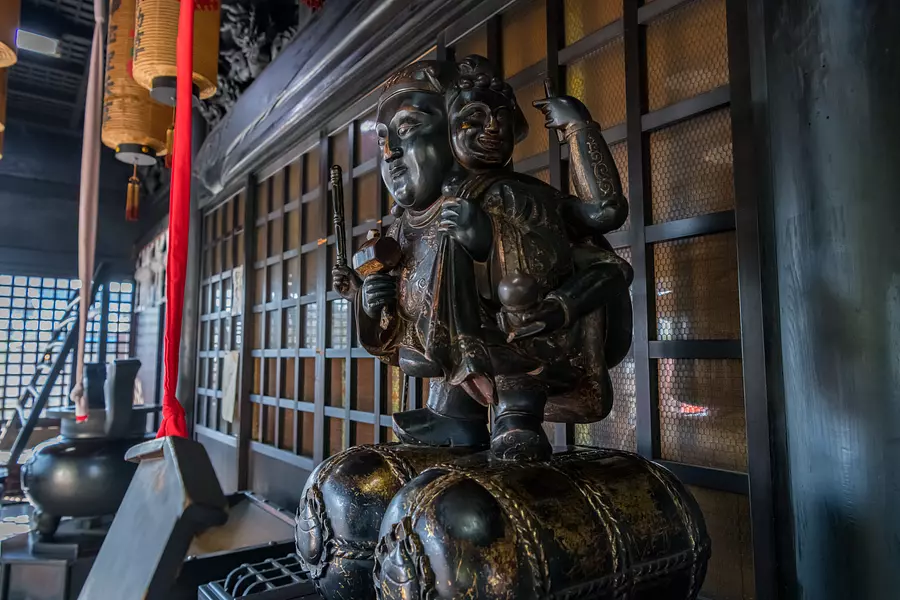
Daikokuten was originally an Indian god of destruction, but when it was introduced to Japan, it seems that it was considered one with the Japanese god ``Okuninushi no Mikoto'', perhaps because ``Daikoku'' is the same ``Daikoku'' as ``Great Country''. It has become.
The statue here is called ``Three-faced Daikokuten'' and has an unusual shape that combines Bishamonten and Benzaiten. This side is the face of Benzaiten.
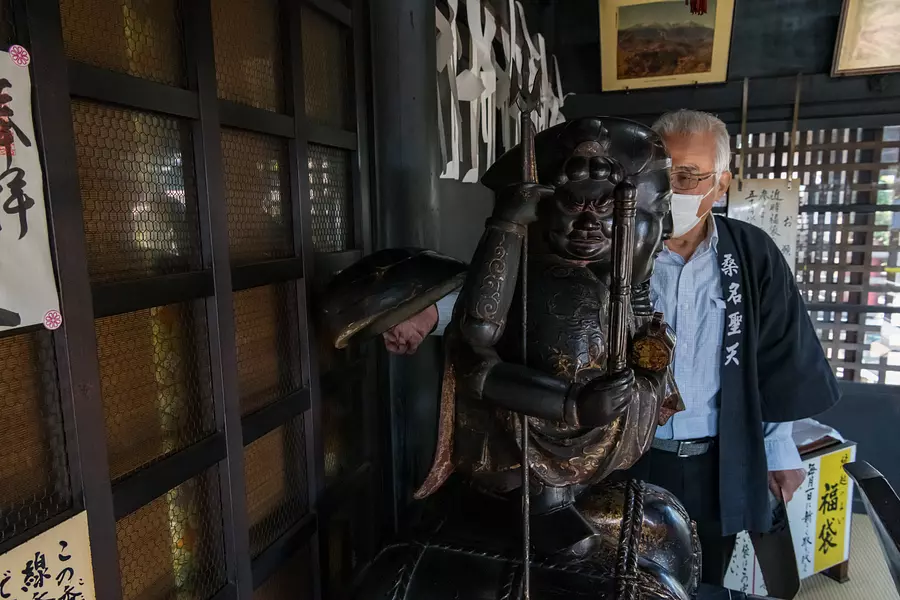
You can see the face of Bishamonten on this side.
This Daikokuten is also said to be ``Wishing Daikoku,'' and it is said that if you write your wish on a piece of paper and put it in a bag on your back so that no one can see it, your wish will come true. The person at the temple taught us how to open the bag.
Ikuwasan Shigisan Betsuin Senpukuji Temple
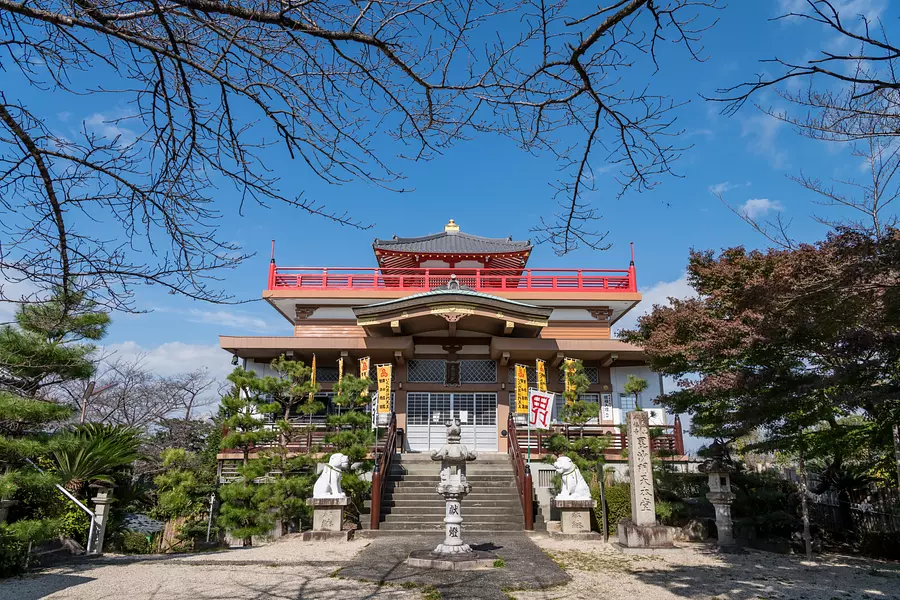
Yokkaichi Betsuin Senpukuji, a part of Shigisan Chogomikoji, is affectionately known as ``Bishamon-san of fresh mulberries.'' The vermilion torii gate, the tiger that is Bishamonten's messenger instead of a guardian dog, and the main hall have a slightly different atmosphere than a typical temple.
Shigisan Shingon sect
Principal image Bishamonten
Mantra On Beishira Mandaya Sowaka
Seven Lucky Gods Bishamonten
Mantra On Beishira Mandaya Sowaka
Blessings, good fortune, good fortune, good fortune, etc.
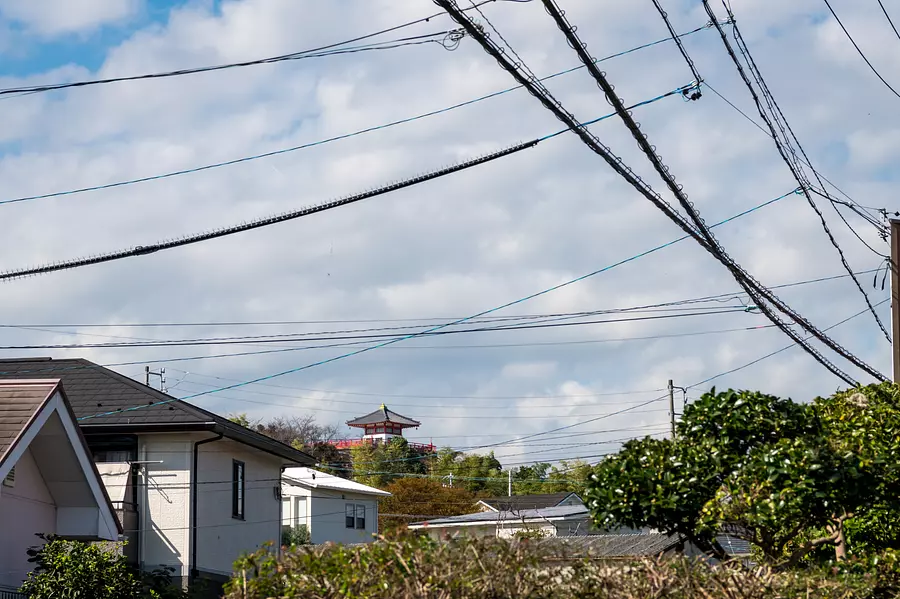
Senpukuji Temple is located at the top of a slightly elevated residential area covered with fresh mulberry trees. The vermilion-painted temple can be seen even from a distance.
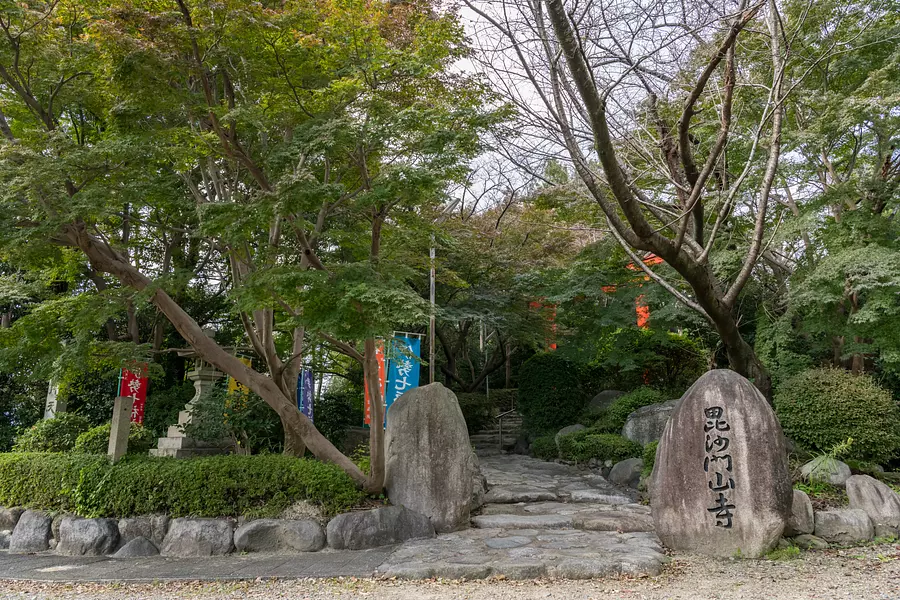
The entrance next to the parking lot has the words Bishamonzanji Temple written on it. When you climb the stone steps and pass through the torii gate, you will see the main hall in the back. There are also many autumn leaves here, so it's the best time to see them.
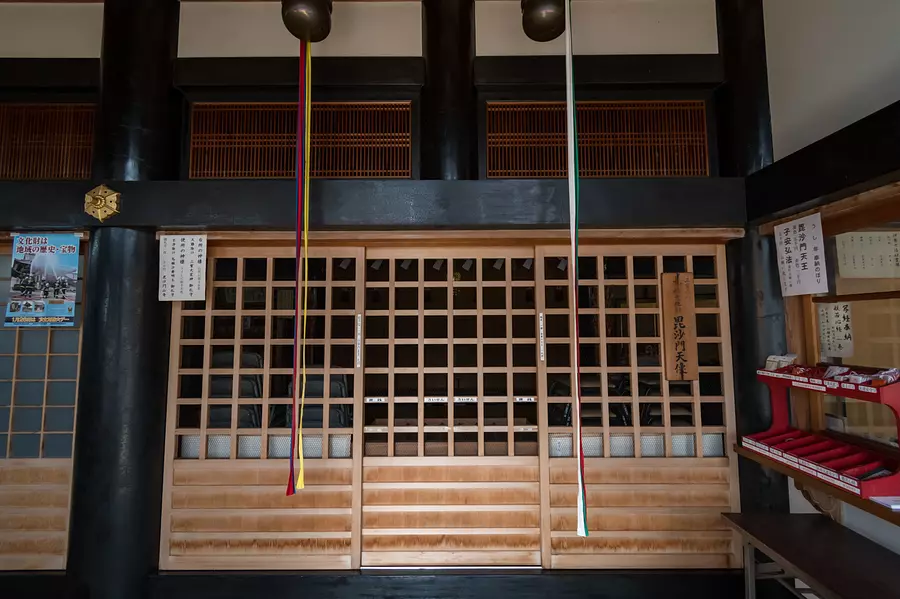
You can enter the temple, but you cannot enter the inner sanctum. Unlike before, the principal image of worship is Bishamonten, one of the Seven Lucky Gods, so let's pray here.
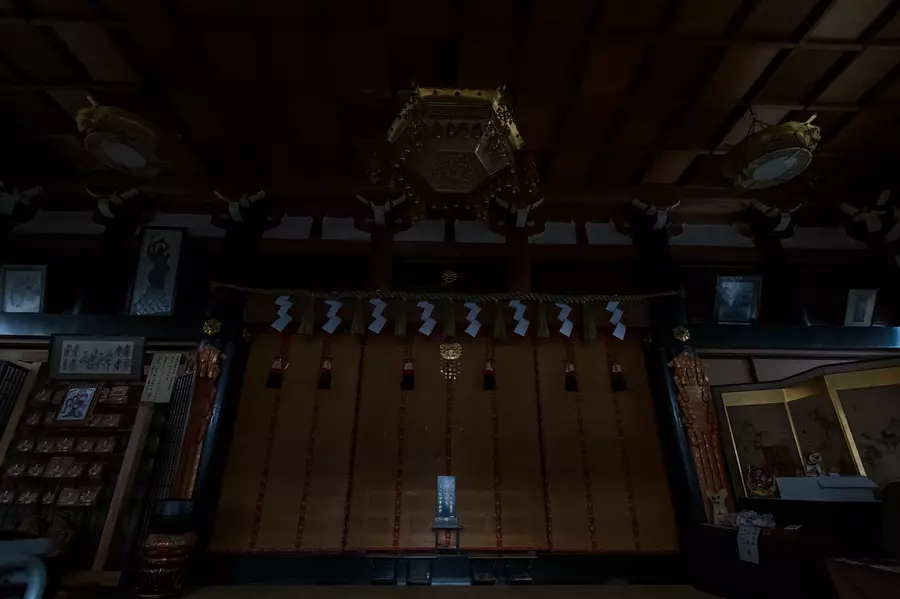
I looked inside through the lattice. The inner shrine is covered with blinds, so you cannot see inside.
Bishamonten is originally an Indian god, and in Japan he is one of the Four Heavenly Kings who protect Buddhism.When he is worshiped alone, he is called Bishamonten, but when he is counted as one of the Four Heavenly Kings, he is called Tamonten.
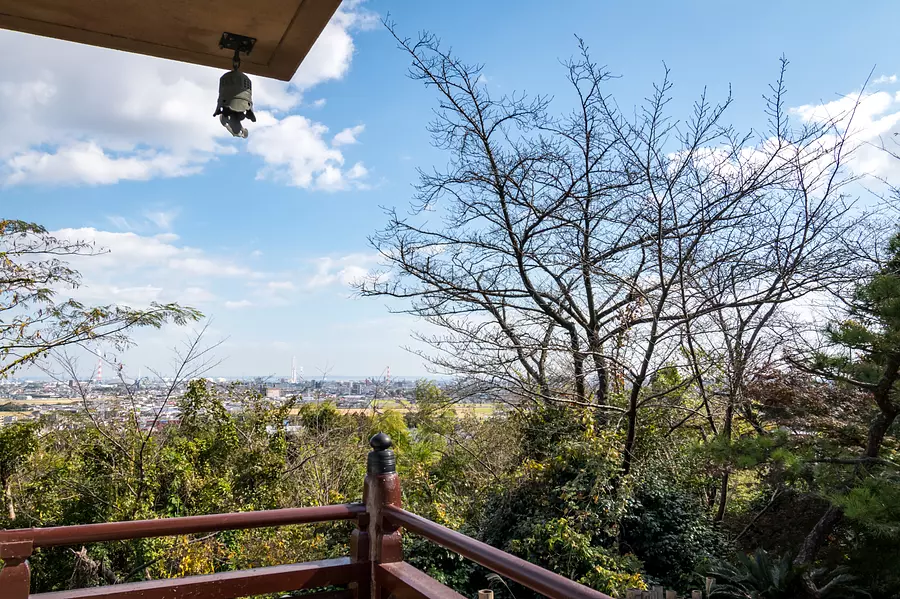
From the edge of the main hall, you can see the Yokkaichi industrial complex. If you look closely, you can also see Yokkaichi Dome.
summary
Thank you for watching until the end. “Seven power spots spanning the Hokusei area! ? Let's visit Ise Shichifukujin! [Part 1] Did you enjoy it?
This time, the explanation about how to pray, the profile of the Seven Lucky Gods, etc. has become long... (Sweat)
In the next part (part 2), we will introduce the remaining four temples, so please look forward to it!

